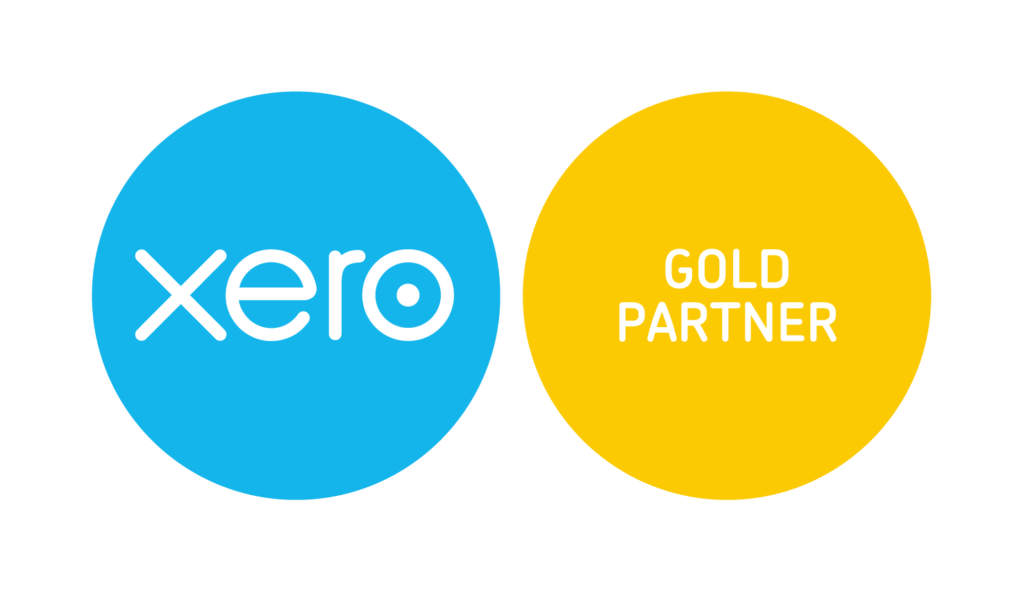Contracts made online
(Source: IRD Website)
Because of the nature of electronic trading, contracts are made without paper. The time and place of offer and acceptance of the contract may be different from conventional treatment and this may need to be considered to work out the correct tax effect.
Generally an advertisement on a website to sell a product is an “invitation to treat”, followed by an “offer to buy” from the potential purchaser, and acceptance of the offer to buy, by the seller. The contract is finally made where and when the acceptance by the seller is communicated to the potential purchaser. The default time and place rules on electronic communication are addressed in the Electronic Transactions Act 2002.
Banner space advertising and barter
Banner advertisements are frequently placed on a website to advertise a product from, or link to, another site. Commissions received from banner advertising are taxable income while commissions paid for business advertising are deductible. In some cases the advertising is by a reciprocal arrangement between sites by contracts or barter. There should be an open market value placed on the value of the goods supplied and received by barter, which may mean that in most arm’s-length situations the tax effect is neutral.
Website costs
Website costs can only be deducted for tax purposes if you incur them deriving gross income for business purposes.
Are website costs deductible or depreciable?
The following table gives a quick reference to whether a cost is deductible, depreciable or neither. You can find full details about website costs in the Tax Information Bulletin (TIB), Vol 12 No 8, August 2000 (pages 21 and 22).
Note: When working out depreciation on an item, 20% loading may be added to the SV and DV methods mentioned in the TIB. You can find more information in our Depreciation – a guide for businesses (IR260).
| Cost | Deductible as an expense | Depreciable as a capital expense |
| Registration of domain name | No | No |
| Purchase of domain name | No | No |
| Annual fee for registration | Yes | No |
| Renting space on an ISP server | Yes | No |
| Site design costs | No | Yes |
| Site update costs | Yes | No |
| Reconstruction, upgrading or functional improvement to website | No | Yes |
| Cost of a server (computer) | No | Yes |
Website Expenditure – Deductibility
Section BD 2, Income Tax Act 1994 – Allowable deductionsA taxpayer has asked how he should treat expenditure incurred in creating a website to be used by him in deriving gross income. (The same considerations could also apply if the taxpayer had contracted another person to create the website for him.)
A website’s development has a number of steps (that can be undertaken in any order), including acquiring a domain name—the site’s Internet address. The site needs to be designed and programmed. A website owner may wish to register the site with different Internet search engines, and to embed search strings in the site. The owner will also need to rent space on a web server.
The domain name of the website is generally acquired for a modest sum (less than $200). However, in some cases acquiring the domain name may require substantial expenditure. Expenditure incurred in acquiring a domain name is capital expenditure and non-deductible. In terms of the applicable capital/ revenue tests established by the courts, such expenditure is of a one-off nature, gives rise to an enduring benefit, gives rise to an identifiable asset, and is part of the business structure of a taxpayer. A domain name is not “depreciable intangible property” as defined in section OB 1, and listed in Schedule 17, of the Act. As such, the expenditure incurred in acquiring the domain name is also not depreciable.
The HTML or other programming that makes up the website is an asset, being a computer software program. The costs incurred in creating the website are appropriately categorised as capital expenditure. In terms of the applicable capital/revenue tests established by the courts, such expenditure:
- is of a one-off nature
- gives rise to an enduring benefit
- is part of the business structure of a taxpayer.
As a capital asset, the costs of creating the website must be capitalised and may be depreciated. To be depreciable, the software must be used in deriving gross income. Consistent with other computer software, it may be depreciated at a rate of 40% diminishing value or 30% straight line.
This approach (of capitalising expenditure and depreciating it) is consistent with the views expressed by a number of commentators. In an accounting context the view that capitalisation and amortisation is appropriate has been expressed by Dr Rachel Baskerville in “Web Sites – Lame Ducks or Golden Geese” Chartered Accountants Journal (March 2000, page 62) and by Craig Fisher in “Accounting for Web- sites” Accounting, Corporate and Tax Alert (Issue 93, 5 June 2000, paragraph 200). The approach of capitalising and depreciating is also consistent with the draft Australian Tax Office ruling TR2000/D6.
Ongoing costs of updating or adding to the information on a website are of a revenue nature, and are deductible when incurred if they meet the general test of deductibility in section BD 2(1). It is a matter of degree as to whether expenditure is updating and maintaining a website, and hence revenue, or a reconstruction or functional improvement to a website, which would be capital. It is difficult to give general guidance on the distinction, as was noted (in a different context) by the Privy Council in Auckland Gas Co Ltd v CIR (unreported, PC Appeal 32 of 1999, judgment 14 June 2000).
However, some examples can be given as to the distinction between the two categories in the context of websites.
Maintenance of a website would include the following:
- updating the content of a web page
- adding content to a web page
- correcting minor errors or bugs in a website, and
- minor style or format changes relating to matters such as font types, font sizes, colours and so on.
An upgrade of a website would include the following:
- adding new features to a website, such as adding a sales capability with credit card processing features
- adding extra pages to the website
- upgrading the version of the software used in the website, and
- completely changing the layout and functions of the website sufficient to be a reconstruction.
These examples are consistent with the distinction between maintenance and upgrade in the Commissioner’s existing computer software policy statement (“Income Tax Treatment of Computer Software” in Tax Information Bulletin Vol 4, No 10 (May 1993). The examples also reflect the fact that a website may start out as a very simple website with few features, and yet may be upgraded over time to be a complex e-commerce site with advanced features such as the ability to purchase goods and services online, with online credit card processing capability. Just as the general capital/revenue principles apply to the original website (and the capital classification of that), any upgrade which adds new functions is also subject to those general principles and will also be on capital account.
The cost of renting space on an HTTP server is deductible, assuming the general test of deductibility is met. The annual renewal fee for registration of a domain name is also deductible. Such costs are of a revenue nature, because they are ongoing in the nature of a servicing charge, and are analogous to expenditure incurred in renting space in a building or in hiring goods.
Source: Inland Revenue Department Tax Information Bulletin: Vol 12, No 8 (August 2000)



